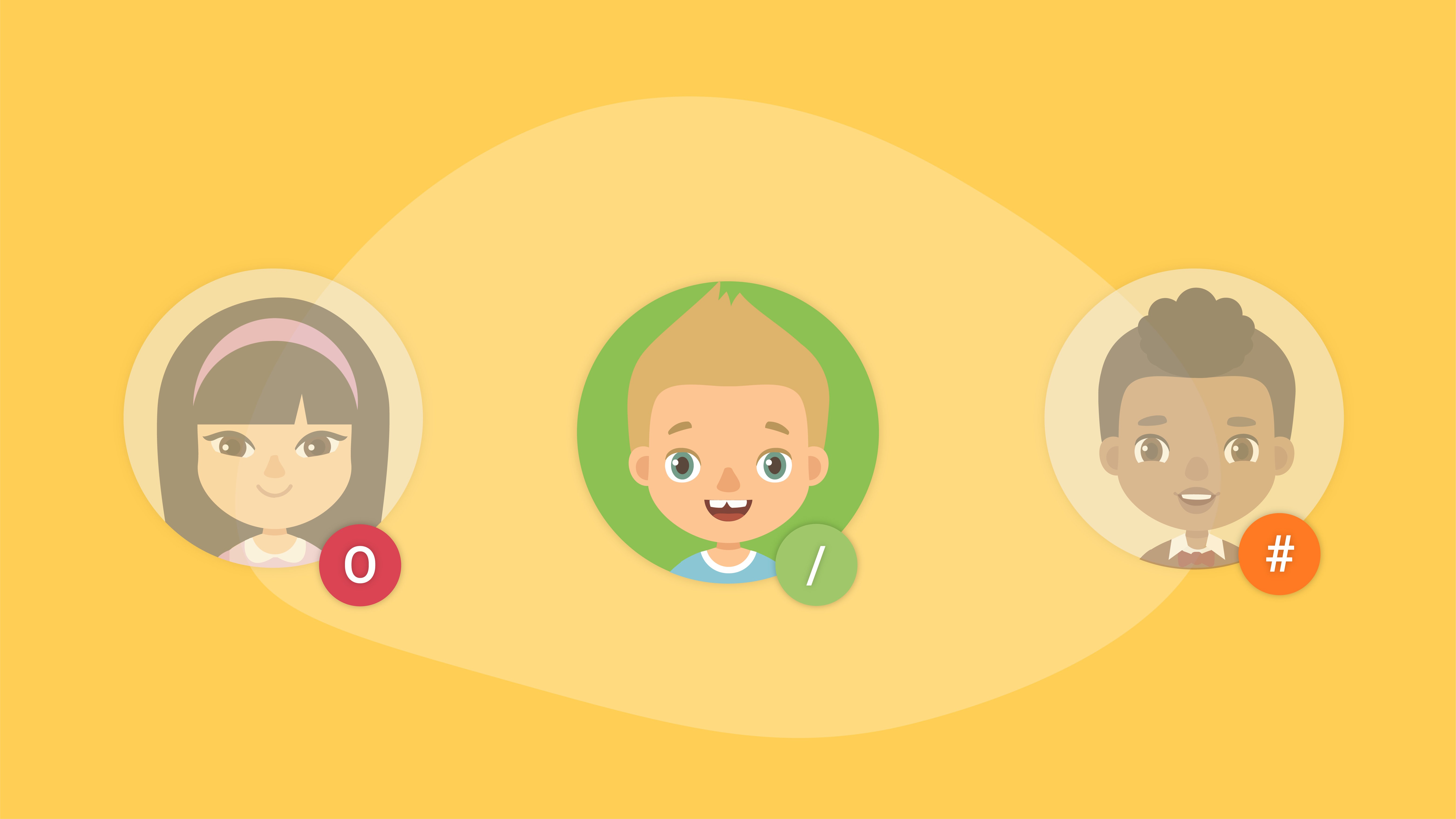Author: Ross McDermott
Posted: 21 Jul 2021
Estimated time to read: 6 mins
More than a year after schools first closed due to Covid-19, students' education is still being impacted by the virus. Recent figures revealed by the Department for Education showed that on the 24th June 2021, 375,000 children did not attend school due to Covid related reasons, the largest amount of absentees since schools returned in March. A week later on July 1st that number rose again to 561,000, suggesting a concerning increasing trend of students being absent from school due to Covid.
Whilst the current impact is still being felt, it is less clear on what the long term impact will be for students who have missed out on their education, as well as the long term effects on their mental health.

DfE figures
The previous highest number of absentees, being March 26th, had 3.2% of primary and secondary students being absent due to Covid reasons. The figures then had a downward trend until recent weeks when numbers have begun to creep back up again. The majority of absentees have had to isolate due to coming into contact with a Covid case identified within their school.
Many have also been isolating as a result of coming into contact with someone who tested positive outside of school. There are also those who stayed home with suspected cases as well as confirmed positive cases. Finally, school closures impacted some students, though this only accounted for 0.1% for the 24th June absentees.
How did students miss out through lockdown?
The closure of schools during the first lockdown saw a transition from in-person, classroom teaching to distance learning. Students had to learn at home via computer, missing out on some key benefits of in-classroom learning.
In a classroom environment the teacher can identify any issues that might impact students' learning. Distractions, such as noise can be identified by teachers and students who may struggle concentrating can be offered individual support by the teacher or moved to the front of class.
At home, distractions become a lot more difficult to combat, with students from economically disadvantaged families being heavily impacted. Students from families with lower income may have had to share a bedroom with their siblings, or may not have the correct resources to effectively study from home, such as a designated study area or a fully working computer.
Similarly, those who find it difficult to concentrate in the classroom may have struggled even more at home. While teachers can mute students who may have been causing a distraction through talking, it may be harder to identify the other external issues students are facing.
As well as other siblings, students may also have parents working at home, holding their own meetings and moving about the house which their child can hear. It is also harder for the teacher to identify when a child is procrastinating, whilst they may be able to see them on camera the teacher is unaware if the child is looking at the work or spending the time distracted elsewhere. Such as through playing games on their browser or scrolling through social media.
The current impact of missing out on school
Although students have now returned to school there are still limitations they might face if they have to isolate. A key part of this is missing out on large chunks of their current curriculum.
For primary students, this could include general knowledge material that would help them through secondary school, as well as material to revise for SAT’s.
For secondary students, the concern is over missing out on materials that might be important for their future GCSEs. Whilst students may be able to catch up with the rest of class through home revision, many students, such as those with trouble concentrating or SEND students, may struggle with learning the materials this way. As opposed to being in class and learning from their teacher.
Students missing out on education also has an effect on parents. If a student does have to isolate at home due to testing positive, coming into contact with a positive case or through a school closure, then the parent/carer may have to stay at home to take care of them. This has a cascading effect of the children being unable to learn and the parent being unable to work, potentially having to stay home for 10 days or more.
The long term effect on mental health
While the current effects will continue to be an issue for students and parents up to when restrictions are eased, it is also important to consider the long term effects that lockdowns and missed education will have on students' mental health.
The long term mental health effects of missing out on education due to covid is something that will continue to be monitored and studied as we return to normality. Though it is possible that there will be some time before we know the full extent of mental health issues lockdowns and missed education will bring to students.
A study by the Department for Education, ‘The Impact of Pupil Behaviour and Wellbeing on Educational Outcomes’, does suggest that positive mental health has a positive effect on students' education. “Children with higher levels of emotional, behavioural, social, and school wellbeing, on average, have higher levels of academic achievement and are more engaged in school, both concurrently and in later years.”
A Co-Space Oxford study also highlighted that during Covid at the end of May 2020, children with no pre-existing mental health conditions were, on average, reported to have increased difficulties by their parents in behaviour and restlessness/attention. If we take this into account, the negative mental health effects of lockdown are likely to have had an adverse effect on children's educational achievements and engagement.
With the reverberations from past and current restrictions still being felt in school, we won't have a clearer picture on the effects they have on children’s mental health until some time after they are lifted. As the government suggests in ‘the state of the nation 2020’ “It is too early to know how lasting these (behavioural) changes might be and it may be some time before any specific effect of the pandemic is understood in relation to longer term decreases in mental health and wellbeing amongst young people”.
The future of covid within schools
Despite the negatives that lockdown has brought, with more people being double vaccinated and with restrictions beginning to ease around the UK, there is the strong belief that schools can begin to return to some form of normality. Though for the time being, schools will still have to abide by current covid guidelines.
Current covid guidelines
Currently, the covid guidelines that have an impact on the general population also apply to schools. Although face coverings are no longer mandatory within classrooms, there is still the recommendation to wear masks for staff and visitors outside the classroom where social distancing is limited, such as in corridors.
When it comes to social distancing, government guidelines still suggest socially distanced classroom set ups and a 2m distance between teachers and students, though this is likely to end soon.
In the event that a student or family member they live with develops covid symptoms, the student produces a positive test or they come into contact with someone who has tested positive, that student will then have to be isolated at home for 10 days. If a school identifies 2 or more covid cases within a school, it may be an indication of an outbreak, and government health protection teams may recommend that a large number of students, such as a whole year group, may also need to isolate. Creating a hugely negative impact on not just one student's education, but also those they have been in contact with.
An end to pupil isolation
However, recent announcements by Sajid Javid and Gavin Williamson indicate that pupil isolation due to covid will soon be coming to an end. From August 16th, students who come into contact with someone who has tested positive will no longer have to isolate at home for 10 days. Though they will still be recommended to have a covid test and will have to isolate if they themselves test positive or develop symptoms.
Under 18s will also currently not be given the option to take the vaccine, though at the start of the Autumn term they will have to continue to take two tests a week at home until the end of September, when the policy will be reviewed. Teachers who are fully vaccinated at the start of the Autumn term no longer have to isolate if a close contact tests positive.
Looking towards the future
With the end to pupil isolation and with more people double vaccinated, there is some hope that towards the end of the year disruption to students' education can be reduced. Students entering their final year will be able to fully concentrate on their exam preparation and those entering new schools will be able to effectively learn and engage with their school work, as well as not face the limitations of social distancing that could impact their development.
Though it is also important to take into consideration those who have been heavily impacted through missing out on education. As well as the long term negative mental health effects that Covid-19 has had and will likely continue to have on students for some time.
Through paying close attention to pupils' engagement at school when restrictions are eased and offering effective mental health support to individual students, the long term effects can hopefully be mitigated to some degree. As more studies are completed in the future, we’ll also be able to better inform our approaches to learning in the future.


